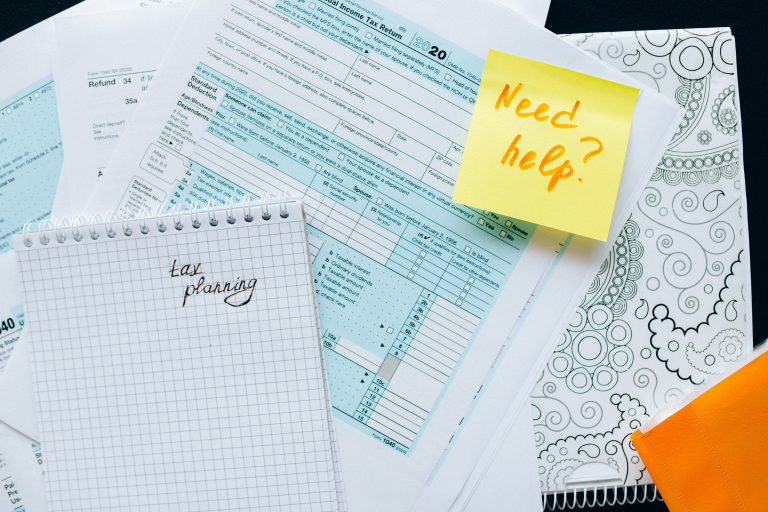While the end of financial year is fast approaching, there is still time for business owners to be proactive with their tax planning. This can help to maximise returns and reduce liabilities. As part of an effective tax planning strategy, you should consider the following opportunities:
Loss carry back scheme
On 6 October 2020, the Federal Government passed legislation to implement a temporary loss carry back scheme for some Australian companies, subject to eligibility. Through the scheme, eligible entities can choose to carry back losses to earlier years in which there were income tax liabilities. The offset effectively represents the tax the eligible entity would save if it were able to deduct the loss in the earlier year using the loss year tax rate. As it is a refundable offset, it may result in a cash refund, a reduced tax liability or a reduction of a debt owed to the ATO.
If you aren’t sure of your eligibility, the ATO has developed a loss carry back tax offset tool that can tell if your business is eligible and calculate the maximum amount you can choose to claim if eligible.
Temporary full expensing of assets
An immediate deduction for the purchase of business assets is allowed for eligible businesses with an aggregated turnover of under $5 billion. This means an immediate tax deduction can be claimed for:
-
Business portion of new eligible depreciating assets
-
Business portion of the cost of eligible second-hand assets, and
-
Balance of the small business pool at the end of each income year in this period
A limit on the allowable depreciation applies to passenger vehicles and this is currently $60,733 for the year ended 30 June 2022. If the motor vehicle purchased is more than $60,733, then only the first $60,733 can be claimed as a tax deduction.
This scheme applies to assets acquired between 6 October 2020 and 30 June 2023.
Writing off bad debts
Businesses should review their debtor’s ledger prior to 30 June 2022 and establish whether any of their customers’ debts are unrecoverable. If this is the case, the tax deductions can be claimed for the ‘write off’ of bad debts. GST adjustments can also be made for the write-off of bad debts in the June 2022 Business Activity Statement.
Review your June 2022 PAYG instalments
Review the need to pay your June 2022 Quarterly PAYG instalments. This is something you might want to talk to your advisor about. It the taxable income of your business has decreased from a prior year, then varying the instalment of tax or claiming credits for prior quarters’ tax may help with your cash flow.
We would recommend that you prepare a draft tax calculation to confirm the likely tax payable for the year prior to lodging a variation of the PAYG.
Capital Gains Tax (CGT)
Capital Gains Tax is triggered at the time a contract is signed and not when settlement occurs. If the asset has been held for less than 12 months, you may want to consider delaying the signing of the contract to take advantage of the CGT 50% general discount.
Other strategies
There are a number of other strategies that businesses can use as part of their year-end tax planning. These include:
-
Writing off the value of obsolete trading stock before 30 June 2022 – or recognising the value of trading stock at either cost, market selling value or replacement value.
-
Making cash repayments of Division 7a loans to companies before the financial year-end to avoid the need to declare dividends to shareholders.
-
Paying employee superannuation by 30 June 2022 rather than by 28 July 2022, to claim a tax deduction.
-
Making concessional superannuation contributions for business owners or additional salary sacrifice contributions up to the superannuation cap of $27,500.
-
Using prior years unused concessional superannuation caps under the Concessional Catch-Up rules. This is subject to eligibility criteria which you should discuss with your advisor.
-
Bringing forward and incurring any expenses before 30 June 2022.
From a governance perspective, it is also important for employers to ensure that their Single Touch Payroll is finalised, and all government revenue agencies (such as Payroll Tax) reconciliations have been completed and lodged.
Source: William Buck





